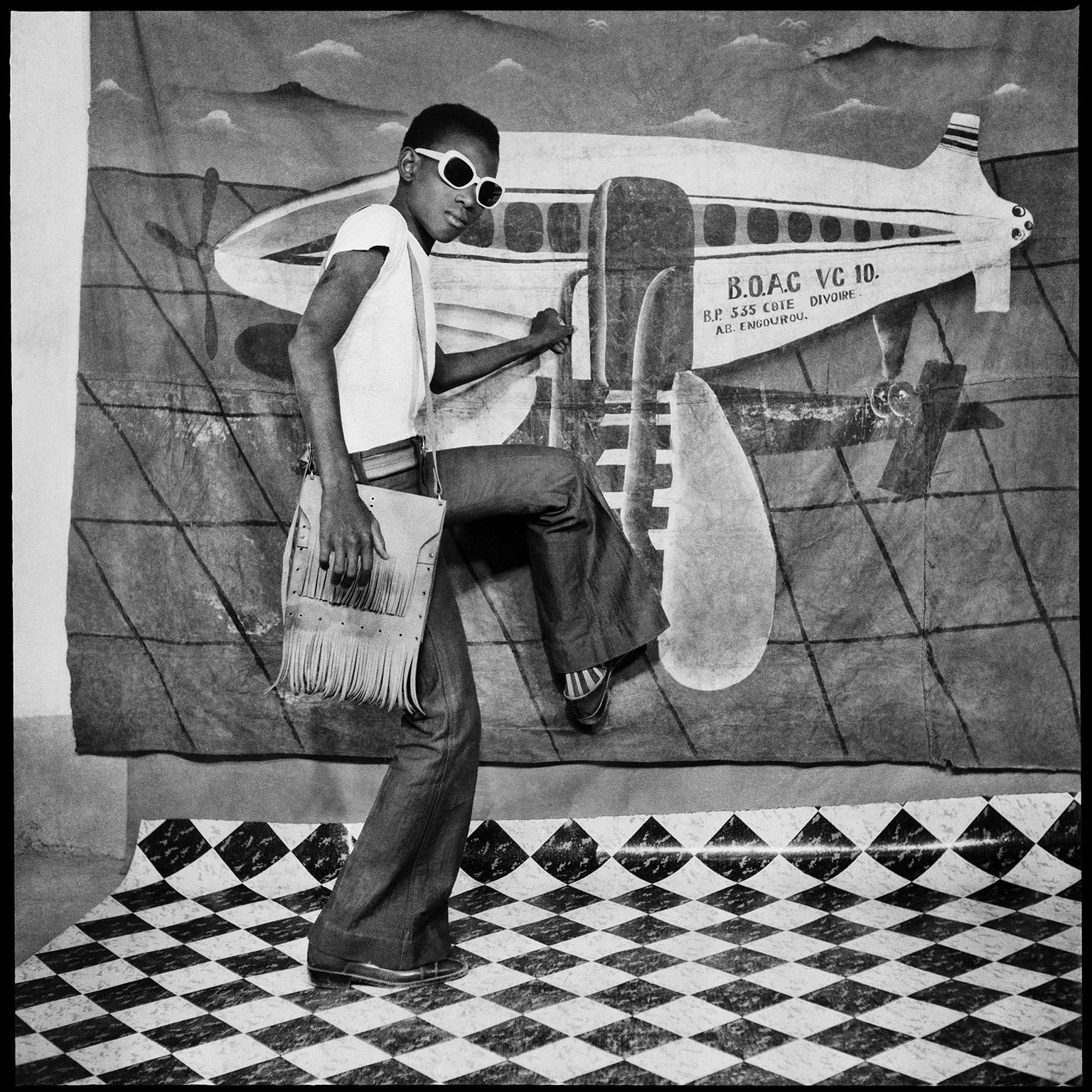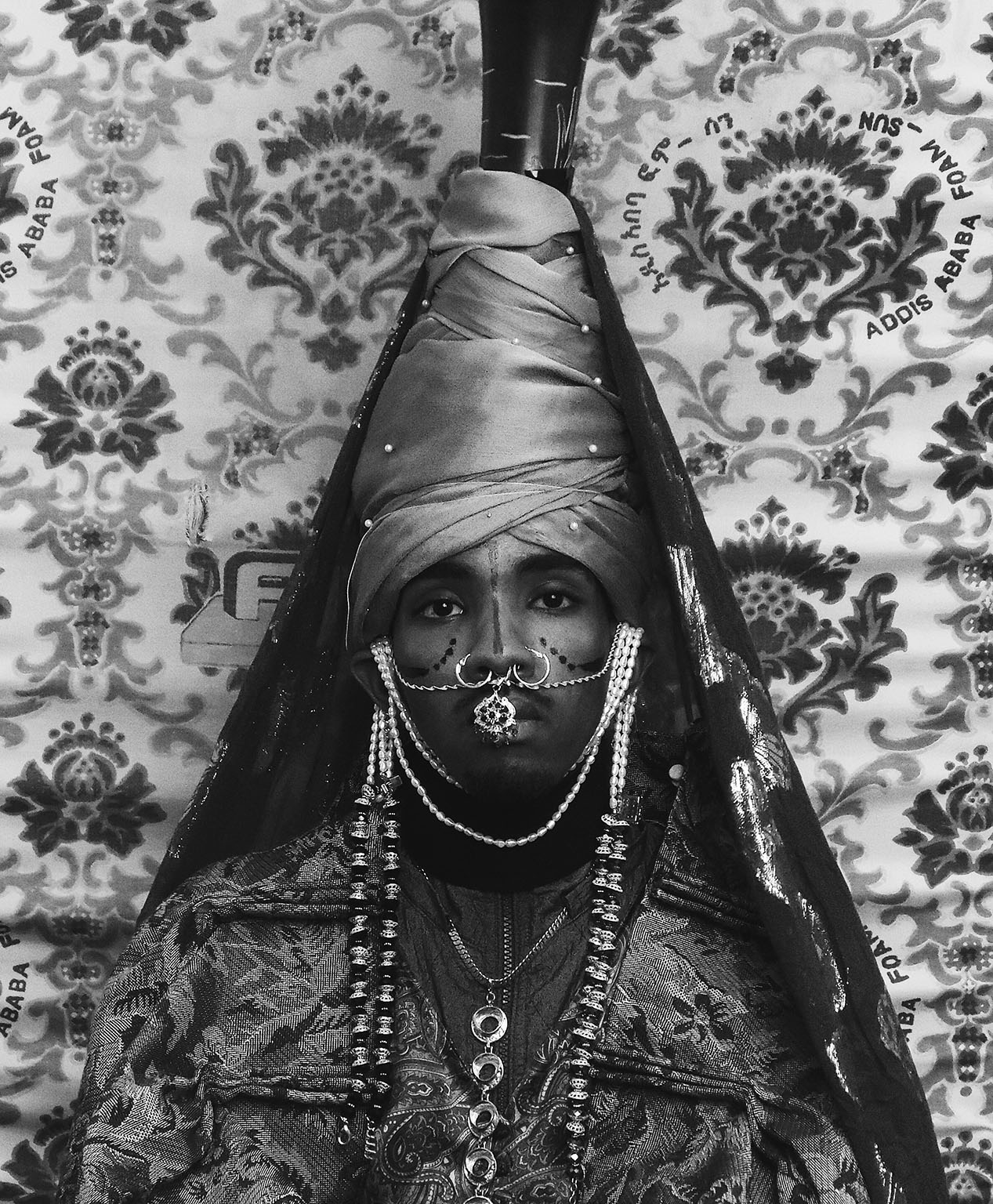7 creatives to see at ‘Africa Fashion’ at the V&A

Christine Checinska, lead curator of the largest-ever UK exhibition showcasing the work of fashion designers from across Africa, introduces the show and selects seven creatives who are changing the way the continent’s histories are told.
Contemporary African fashions are as eclectic and varied as the African continent, made up of 54 countries and more than 1.3 billion people. Africa is the world’s second-largest continent by geographic area and population. From Tunisia to Lesotho, Senegal to Somalia, it is a place of multiplicity. To try to showcase all fashions from such a vast and complex region would be to attempt the impossible. They are shaped by diverse histories, cultural backgrounds and influences, inspirations and desires. Instead, the V&A exhibition ‘Africa Fashion’, which opens in London in July, offers a compelling glimpse of the glamour, politics and history of what is an ever-evolving and globally influential 21st-century fashion scene.
There are many stories to be told about this scene and many ways to tell them. ‘Africa Fashion’ tells a story of the richness of the African continent, its people, cultures and histories, through the lens of fashion. It is a story of unbounded creativity, abundance and modernity told from multiple Global Africa perspectives. The route into this narrative is provided by an overview of the African independence and liberation years, the mid-to-late 1950s to 1994. The radical social and political reordering that took place during this time sparked a cultural renaissance across the entire continent. Fashion, music and the visual arts drew on formerly marginalised traditions, creating new forms that looked towards future self-rule with an unforgettable independence of spirit. We see this zest for life, this drive towards innovation, replicated in today’s contemporary fashion revolution.
Work by the seven influential creatives I have selected will be included in the 250-plus objects that will go on show, many for the first time. The exhibition is the UK’s most extensive show on African fashions to date, giving a platform to creatives from more than 20 countries, across a broad spectrum of aesthetics. The fashions, textiles, photographs and objects on display provide a starting point from which to tell layered stories about the richness and diversity of the continent’s myriad histories and cultures. From the project’s inception we have drawn on expertise from fashion creatives, academics and researchers based in the region, and community representatives, audiences and wearers. Our guiding principle has been and is the foregrounding of individual African voices and perspectives within this multiplicity, and an emphasis on collaboration and storytelling.

Sanlé Sory
Sanlé Sory’s unforgettable studio portraits taken during the mid-20th century capture the mood of the newly independent African nations. Sory’s photographic career took off in Bobo-Dioulasso, Upper Volta (today’s Burkina Faso), in 1960, when he opened his studio. Each one of his shots documents the modernity, cosmopolitanism and fashion consciousness of youthful individuals with agency – and a desire to use it. The exuberance of independence is played out through the way they style themselves for the camera, often using borrowed props provided by the studio – a telephone, a scooter, a pair of shades. This, combined with Sory’s compositions, makes for uniquely memorable images such as the photograph of a snappily dressed young man getting on an imaginary BOAC flight. Sory’s photographs taken at fashionable venues across the city, such as Vola Dancing and Dafra Bar, also capture Bobo’s vibrant music and dance scene.

Amine Bendriouich
Born in Marrakesh, Morocco, maverick fashion designer Amine Bendriouich describes his creations as ‘a uniform for non-conformists’. His pieces blend cultural and counter-cultural influences from Morocco, the continent and beyond. In doing so, his work strategically questions binary identities alongside what it means to be Moroccan and African.
In his Djellabas & Tricks collection from 2020, Bendriouich reinterpreted traditional Marrakshi djellabas – a long loose-fitting robe – bringing a characteristic intelligence, wit and bravura to each piece. He reworked the recognisable oversized silhouette of the djellaba, referencing other classic global styles.
For example, one highlight from the collection is a red linen djellaba that is a reinterpretation of the djellaba crossed with a trench coat. It is made from two different textile designs, both dark red, with blue pinstripes of different widths. The loose fit and sloping shoulders are characteristic of traditionally Marrakshi djellabas; the lapels and button fastening make reference to both the trench coat and suit-jacket styles.

Bubu Ogisi
The research-based contemporary collections created by designer Bubu Ogisi for her brand IAMISIGO epitomise the idea of narrative fashion, often drawing on particular material traditions, from Congolese raffia to West African strip-woven cotton. For the Chasing Evil collection, autumn/winter 2020, Ogisi referenced the Belgian exploitation of the Democratic Republic of the Congo, and of Africa as a whole. Palm-leaf raffia, sourced from the Congo and Nigeria, was a prominent feature, with Ogisi using it to visually reference indigenous forms of Congolese dress. The jacket shown in the exhibition is made from cotton with cut raffia woven into the warp. The dress worn underneath features the raw edges that are a constant feature in Ogisi’s collections. This deconstructed aesthetic, which she returns to time and time again, could be seen as an eschewing of traces of colonisation and a commentary on the Euro-American fashion systems that have in the past limited the visibility and appreciation of African creativity. For the Chasing Evil collection, Ogisi was also influenced by the Congolese figurine Nkisi Nkondi, which is used as a source of protection, and the country’s sapeurs – Société des Ambianceurs et des Personnes Élégantes (Society of Ambiance-Makers and Elegant People). The sapeurs are those for whom dressing excessively well is a way of life. Style and the performance of identity takes priority over everything else, as individual sapeur creativity is applied to the daily ritual of dressing up, the detail of each distinctive outfit and the way in which it is worn. Ogisi’s ability to mix differing elements and influences such as these makes her a particularly inspirational and innovative designer.

Ami Doshi Shah
Ami Doshi Shah creates striking, sculptural adornments that play with scale and texture, whilst intimately connecting with the human body. Her work is a celebration of materials – brass, sisal, borax salt, for example. These are juxtaposed in unexpected ways. Doshi Shah’s unique pieces show the beauty and potential of a slow and considered design process. In speaking about her obsession with the storytelling abilities of materials, Doshi Shah recalls finding solace in unearthing fossils amongst rocks as a child. Everything is made and produced with care in Kenya. She is keen to highlight local materials but also to reiterate the fact that sustainability is an ethos and a methodology that makers on the continent have been practising for decades. The salt neckpiece from her 2019 Salt of the Earth collection is a wonderful example of her work. Made from a twist of borax-salt-embellished sisal, the neckpiece not only plays with the chemical properties of salt, such as its ability to corrode metals, but also highlights its historic association with currency, and therefore with power, submission and the imbalance of wealth. In conversation about the neckpiece, Doshi Shah reminds us of the Great Salt March in Dandi, a peaceful protest in 1930 in Gujarat, India, against the British tax on salt, which marked the start of the battle for independence in India.

Laduma Ngxokolo
Laduma Ngxokolo’s brand MAXHOSA AFRICA has a strong visual identity, known for its bold and colourful geometric knits. The designs reference the colour, pattern and symbolism of beadwork crafted by the Xhosa, a group primarily from southern Africa.
The ‘Tussles’ dress is from Ngxokolo’s spring/summer 2017 Apropriyeyshin collection. Here Ngxokolo, who is Xhosa himself, wrestles with the complexities of cultural appropriation, recognising and highlighting the way fashion can celebrate rather than exploit different cultures and material traditions. By connecting row upon row of multicolour looped yarns, fashioning his distinctive premium knits, Ngxokolo troubles our understanding of both cultural mixing and appropriation. It is as though he is saying no cultures are pure, few if any have a single point of origin. Cultural expressions have always changed over time. Cultural mixing has always happened, but can this be acknowledged and be done respectfully? For this piece he combined his characteristic Xhosa-inspired patterns with European and American silhouettes, in this instance a form-fitted, knitted maxi dress.

Adeju Thompson
Lagos Space Programme (LSP) is more of a movement than a brand. Adeju Thompson, LSP’s creator, reanimates traditional crafts, using them to speak to the concerns of the present and the future. Their Post-Àdìre. project imagines the future of Àdìre. – a Yorùbá tie-and-dye textile tradition – reworking it to feature contemporary graffiti patterning or creating knitted garments and shawls from strips of it. Collaboration and community are guiding principles for Thompson, who has previously worked with creative designer Alexandra Weigand and a community of women dyers in southwestern Nigeria to create a range of collectable indigo garments. Thompson’s work is also a medium for exploring and deconstructing notions of gender and queerness in Africa – challenging the common misconception that queerness is a Western construct. Their Project 5, released for spring/summer 2021, entitled Aso Lànkí, Kí Ató Ki Ènìyàn (We Greet Dress Before We Greet its Wearer), was an exploration into the centuries-old, gender-fluid Gélédé ritual of the Yorùbá. In Gélédé festivals the Yorùbá celebrate their female ancestors, deities and the community’s elderly women. Men embody these important women in Gélédé performances and ceremonies.

Gouled Ahmed
Artist and stylist Gouled Ahmed is based in Addis Ababa, Ethiopia. Their works, predominantly self-portraits, explore the role of self-fashioning in self-representation. They mobilise a decorative aesthetic, be that through cloth, accessories or trinkets, to imagine what the world around us would be like if we were all free to express ourselves as we would like to. They learned about the transformative power of style and dress through their parents, particularly their mother, who proudly dressed herself in ankle-length diracs and adorned her hands and feet with henna. Traces of these early influences can be seen in Ahmed’s rewriting of what it is to be elegant, what it is to carry oneself with grace, what it is to have style. In one particular image, Ahmed seats themself before a filigree-patterned textile backdrop, their bejewelled face adorned with henna. The decorative jacquard fabric of their jacket enhances the ornate nature of the setting. Meanwhile, the glint from layers of face and neck jewellery echoes the shiny Lurex weave of the shawl draped over their headwrapper. The overall effect is mesmerising. Ahmed’s photograph captivates you and leaves you wanting to know more about the sitter and the setting: what story is being told?Through fashioning their own body, they explore what it is like to express oneself outside the control of hegemonic power structures, presenting one’s truer self without either shame or fear.
A version of this article first appeared in the summer 2022 issue of Art Quarterly, the magazine of Art Fund.
‘Africa Fashion’ is on at the V&A, London, from 2 July to 16 April 2023. 50% off exhibitions with National Art Pass.
Christine Checinska is a fashion designer, writer and senior curator of African and African Diaspora Fashion at the V&A.
The more you see, the more we do.
The National Art Pass lets you enjoy free entry to hundreds of museums, galleries and historic places across the UK, while raising money to support them.